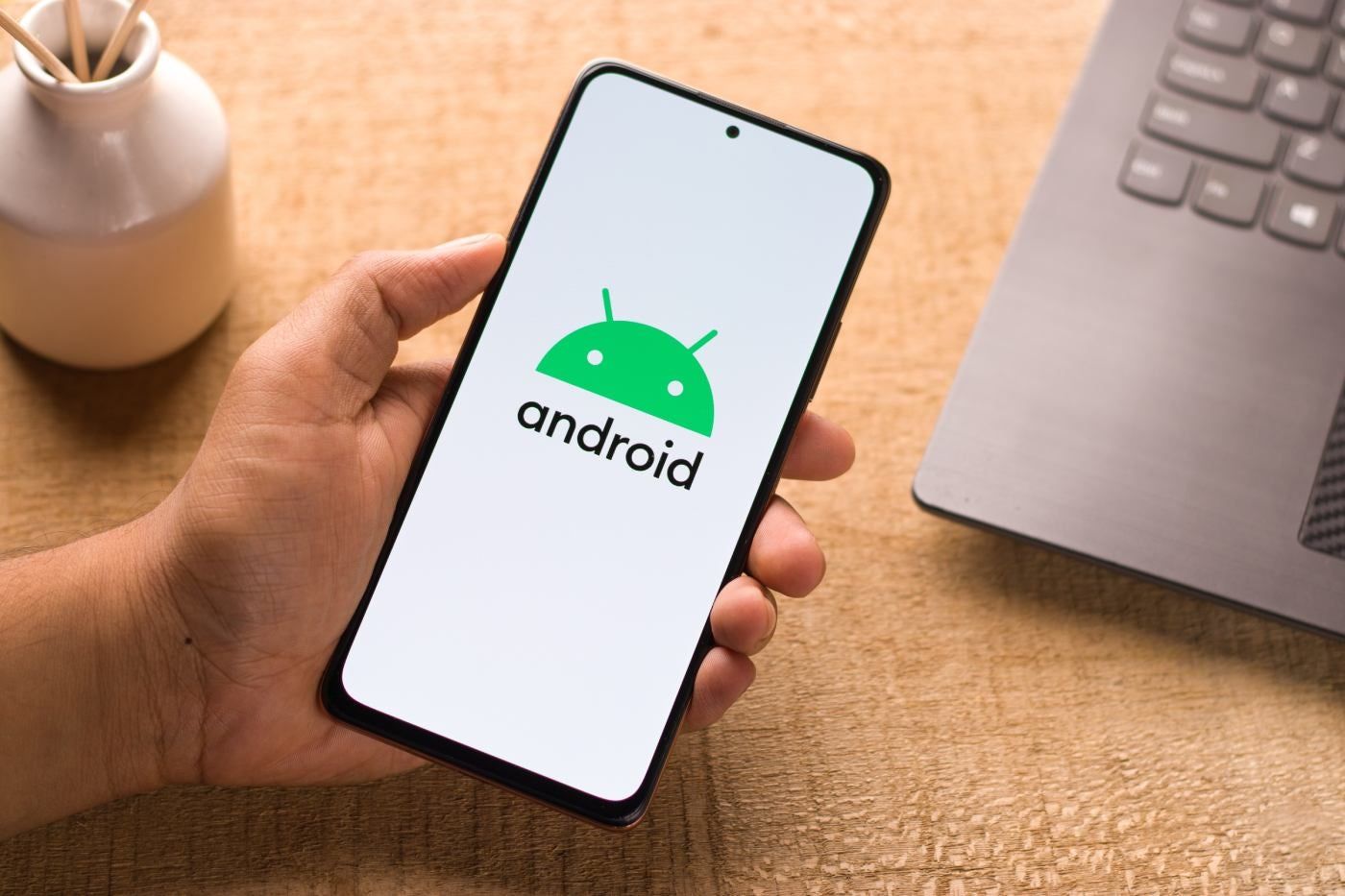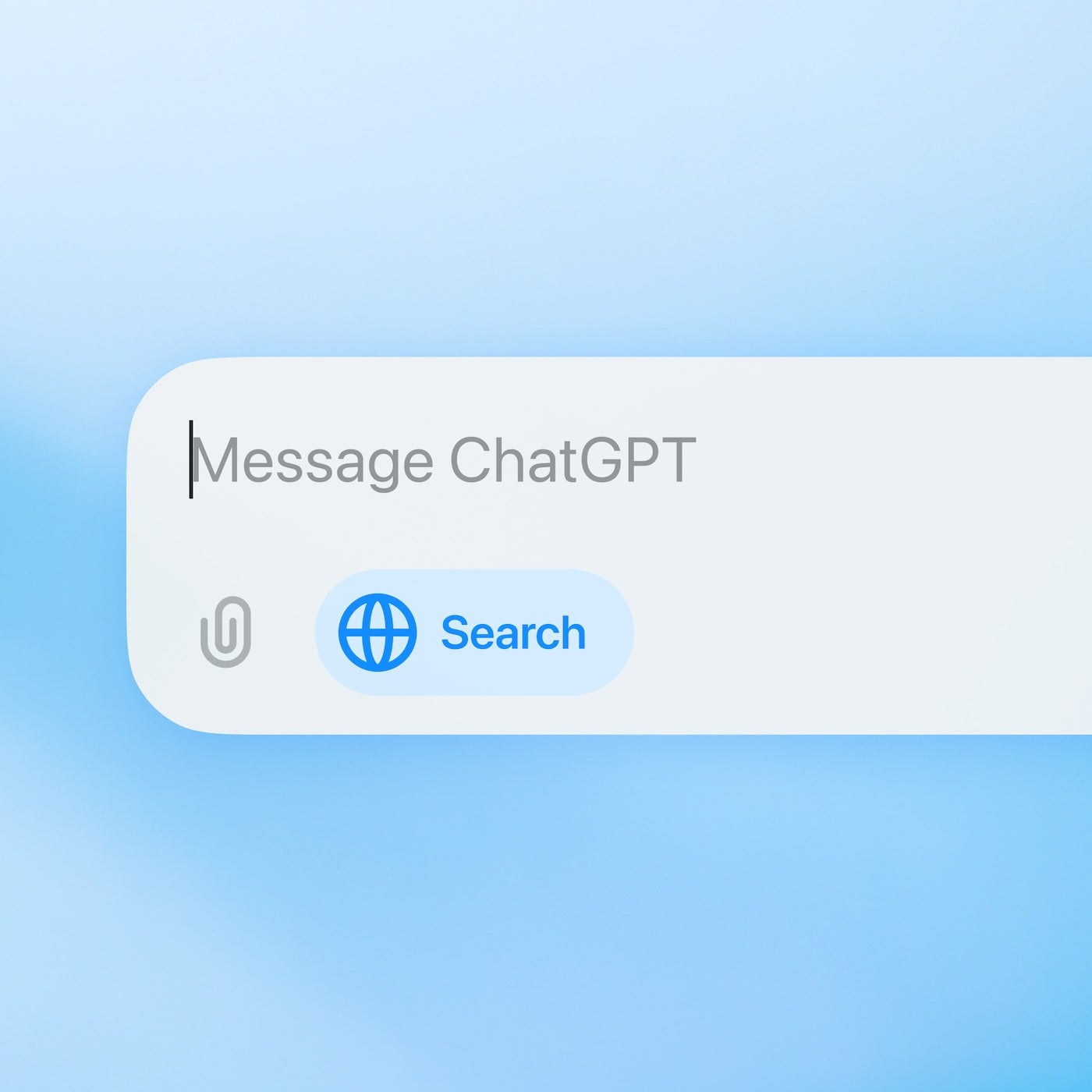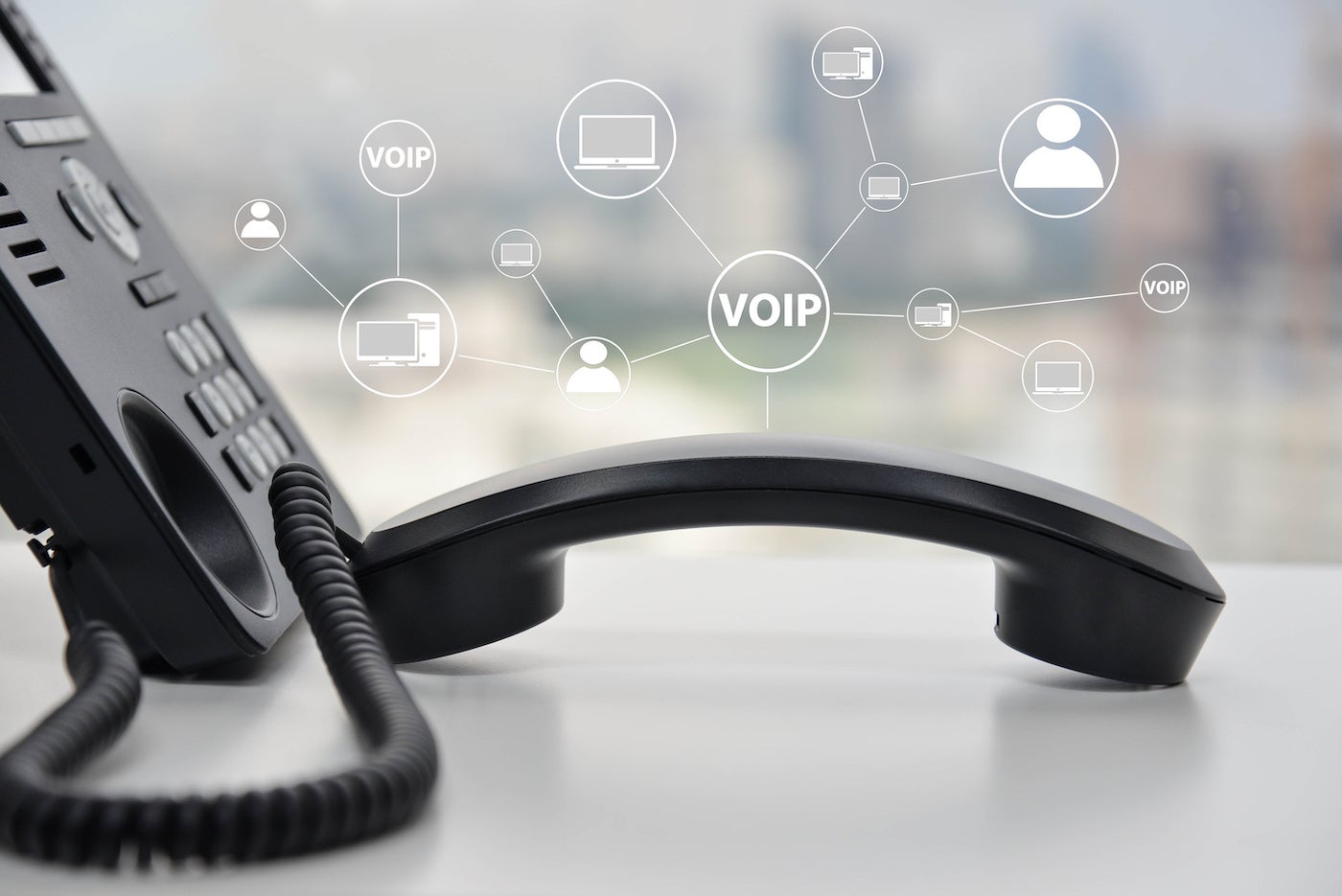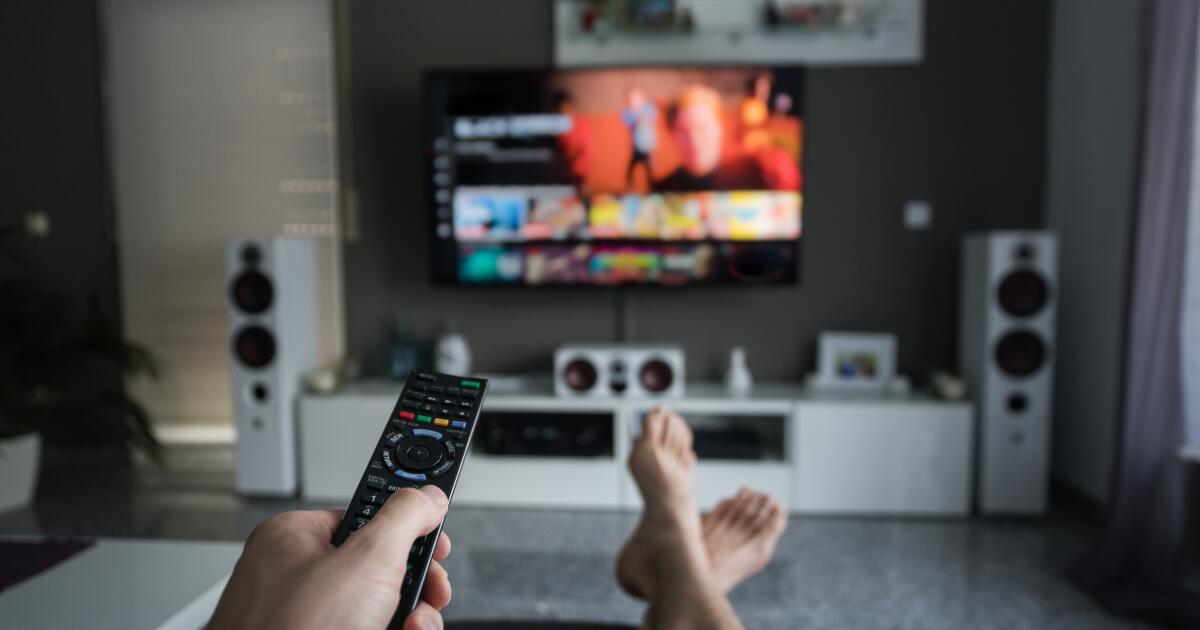In a world where every phone call could be a cherished memory, an important interview, or a podcast waiting to happen, your Android device can act as your producer. However, when it comes to recording calls, it might not cooperate as you expected.
For some lucky users, call recording is just a tap away, but even then, features may vary depending on factors like your carrier, the type of Android device you own, and your geographic location.
If you don't understand why your phone isn't recording calls, we have some simple solutions for you to do so. Let's explore five quick and easy ways to capture your calls on Android.
Before recording a call on your Android device, consider privacy and legal details
Did you know that recording a call without someone's permission can violate their privacy and may even be illegal? So before we detail the ways you can record a call on your Android, let's talk about the legality of recording phone calls and what you need to know before hitting the Record button.
Tech companies take privacy seriously and that's why some phones don't allow you to record calls by default. This is also why most call recording apps play a message when a conversation is recorded.
As we are not lawyers, we will not go into details. We only recommend that you consult local laws and respect them.
In the United States, for example, most localities follow a simple rule: if one of the people participating in the conversation knows and agrees to it being recorded, there is no problem. But some states require that all participants in a call give formal consent to be recorded.
So make sure you record responsibly to respect everyone's rights and not get in trouble with the law.
5 ways to record a call on Android
1. Enable call recording on your device
At best, your Android device can record calls natively, but not everyone can due to privacy restrictions. For example, the phone we used for this post only allows automatic recording of unknown numbers. And Google Pixel phones don't support native call recording at all.
To check your phone's compatibility and activate call recording, follow these steps:
- Go to your phone app settings.
- Tap Call Recording and activate your preferences.
- Accept any legal reminders you may see.
If you can turn on automatic call recording, remember that all recordings will be stored on your phone, which can quickly deplete your memory. It can also cause you to have to review a lot of unnecessary call logs.
If you can't record calls automatically, you may still be able to record individual calls. This is a pretty simple process: you'll just have to remember to press Record when you're ready to start recording the call. To do this, you'll find a Record button on your phone's call screen or hidden under the three-dot menu during a call; Simply tap this button during a call to start recording a conversation.
2. Download a call recording app
If your Android phone does not support call recording out of the box, don't worry because there are many other methods.
The next best option would be to download a call recording app from the Google Play Store, if you can find one. Again, we're dealing with privacy regulations and Google's policy changes in recent years have made it harder to find call recording apps in its store.
In 2022, Google introduced policy changes that limited developers' access to Android accessibility settings. This prevented many third-party apps from recording calls. Those still on the Google Play Store have had to find workarounds, so you may need to “allow restricted access” in your settings, which is a privacy concern for some.
Still, if you are looking for a general call recording app, some reputable ones include Call Recorder – Cube ACR, Call Recorder by Lucky Mobile Apps, and Automatic Call Recorder Pro. At a basic level, these apps allow you to record mobile calls and calls from Voice over Internet Protocol services such as Skype and Messenger. Cube ACR also has privacy protection, geotagging, and cloud backup features.
Most call recording apps are free, but they rely on ads and in-app purchases to monetize.
Since these apps will record your voice and access your phone's features, you'll need to pay close attention to their privacy policies and local regulations.
And if none of these apps meet your needs, you can still record a phone call using some other methods.
3. Use a separate device
If you can't use any of the above methods or just want a simple recording trick, you can always capture conversations with a standalone device. This may not be the most refined method, but it works and, most of the time, the call recording quality is good. It's also probably the most discreet way to record a call.
Recording a call with a standalone device is easy. Simply put your Android call on speakerphone and use a backup recorder, such as another phone or tablet, to capture the sound from the speakers.
On the plus side, you won't have to listen to the annoying recorded call message. That means it's up to you to get the other party's consent as per the legal requirements in your area and disclose the recording. Some other difficulties with this method may include speaker feedback, distortions, or other quality issues.
If you decide to go with manual call recording, here are some tips to capture clean audio:
- Choose a quiet environment to reduce background noise.
- Use a high-quality secondary device for better recordings.
- Test the configuration with a non-critical call to make sure everything works as expected.
It is best to use this method only in case of urgency and when no other options are available. We also suggest doing it only for one-time calls, as there is a higher chance of getting a low-quality recording.
4. Use Google Voice
Google Voice is a feature built into Android devices that allows you to record calls directly from the phone app. However, while it is a convenient option, Google Voice has some limitations.
First, your Google account type dictates what you can do. On personal accounts, you can only record incoming calls, not outgoing ones. This means that this method isn't viable for any calls you initiate. You also can't automatically record conversations, and you may not capture important parts of a call.
Workspace users get more recording options, but will also need a separate Google Voice license. Even so, recording features vary by plan. For example, some plans do not support automatic call recording. You can sign in to your administrator settings or check with your Workspace administrator to see what features your plan supports.
To enable call recording on a personal Google account, follow these instructions:
- On your Android device, open the Voice app.
- At the top left of the screen, tap the three-dot menu and choose Settings.
- In Call Options, enable the call recording feature.
- Select Record incoming calls to activate this feature.
- If you need to record manually, tap 4 on your keyboard during a call to start and stop recording.
You can also tap Record during a call in a Workspace account if your administrator has enabled this option.
In short, Google Voice is convenient for some cases, but it is not the best option for personal users or those who need more robust features. If you're looking for a call recorder that can do it all, we suggest checking out a business VoIP system.
5. Use a VoIP service
A dedicated VoIP service is the best way to record business calls; This way, you can capture both incoming and outgoing calls. And depending on your carrier and plan, you may be able to access features like automatic call recording, caller ID, chat, video, and rich contact analytics.
SEE: 10 VoIP Features That Can Benefit Your Small Business
Popular internet-based VoIP apps like Skype, Zoom, and Teams have some of these features, but you'll get a lot more from software like Nextiva or RingCentral, two of the best VoIP services for businesses. Even then, only some plans may provide access to advanced call recording features.
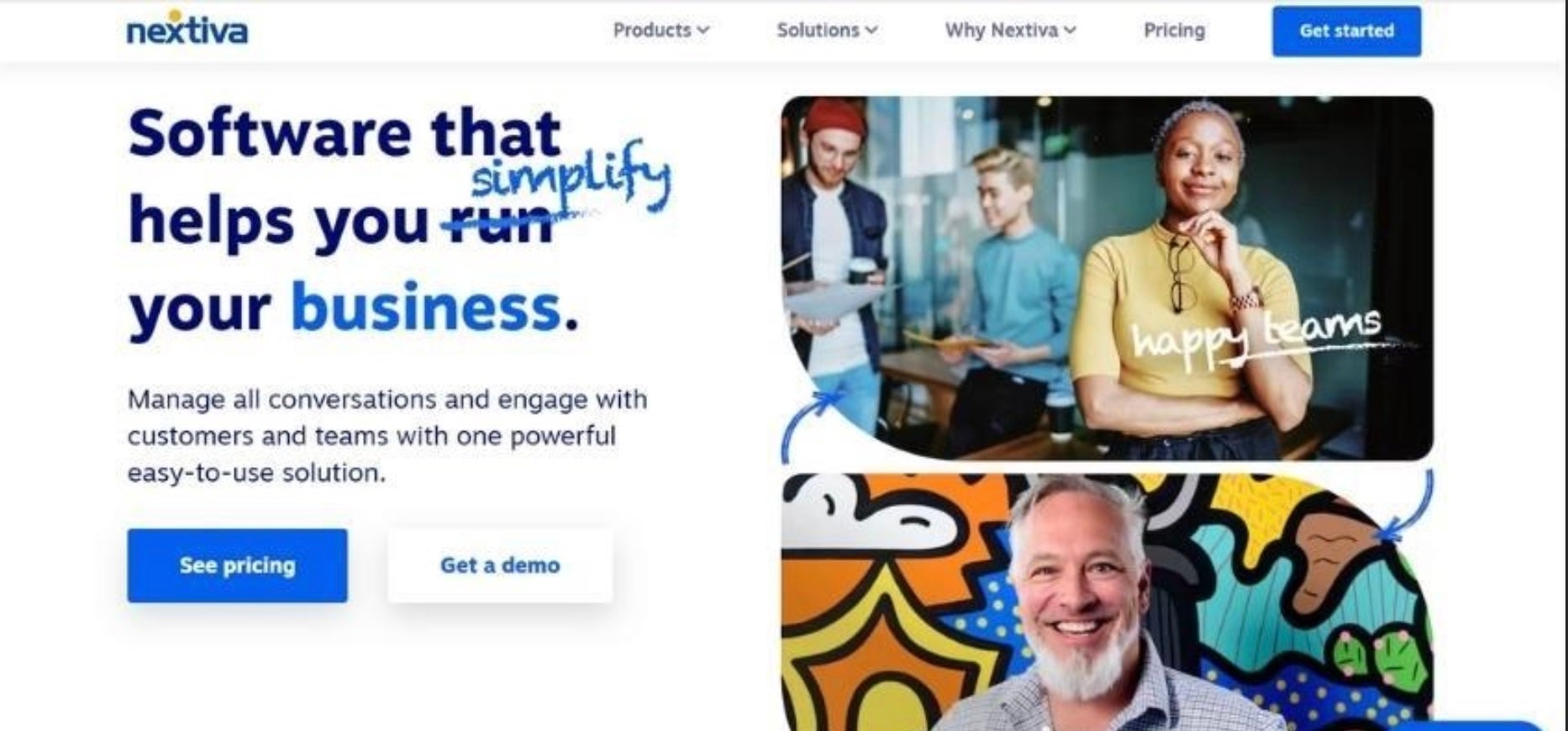
Make sure you understand the features of the service and the associated costs to ensure it meets your needs. Then, check your provider's instructions for setting up call recording.
When can't you record a phone call on Android?
Let's explore some scenarios where you won't be able to record a call on your Android device, as well as the legal aspects of call recording that could limit your options.
Below are some cases where call recording may not work:
- Your phone doesn't support it:Some Android devices do not allow call recording by default. You may also experience blockages due to your location or mobile carrier.
- Changes in Google policy:If Google updates its App Store policies and privacy settings, it may become more difficult or even impossible to record calls using third-party apps. Privacy changes may also affect your Google Voice settings in the future.
- VoIP service limitations: Your VoIP call recording capabilities are influenced by the features and plans available from your service provider, as well as any restrictions set by your manager. Additionally, network interruptions or a weak connection can result in poor recordings and the risk of dropped calls.
- Legal and privacy restrictions: Laws regarding call recording vary from place to place and recording a call, especially without consent, can violate the right to privacy. Make sure you have legal permission to record a call to respect others and stay on the right side of the law.
In short, recording a call on your Android phone is pretty simple, but you may need to do a little homework first. Please read the terms and conditions of any third-party applications you use and make sure you understand the privacy laws in your area.
Then, choose one of the methods from this post and you are ready to start recording calls today.

